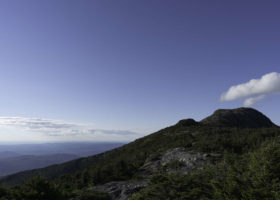
Field Guide to August 2022
FEAR NOT— we’ve still got plenty of summer here in Vermont and points north. So in this edition of VCE’s monthly field guide to nature, we’ll celebrate a few summer-breeding species. But we’ll also alert you to animals on the move. Yeah, the “M-word.” So if you’re not quite ready for fall migration, well, sorry…too late.
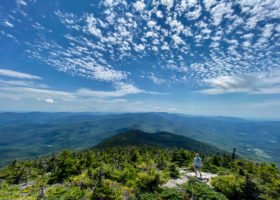
Field Guide to June 2022
Spring ephemerals have begun to fade, and baby critters abound—June has arrived, and summer is hot on its heels. Across the landscape, wildlife dramas large and small unfold. Warm breezes carry away the last memories of winter frost. June has much to offer, from tapeworms using mind-control to Eastern Cottonwoods shedding their downy seeds. Start the month off here.
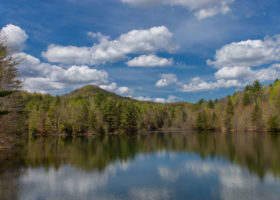
Field Guide to May 2022
Trees are leafing out, and newly arrived migrant birds are dripping from branches. Insects are emerging and pollinating blossoming flowers. Discover all the sights May has to offer with our Field Guide.
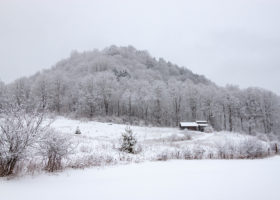
Field Guide to March 2022
With the weather warming and the ground thawing, spring is in the air, and Vermont is waking up! Kick-off your month with flowing sap, thawing frogs, and heated flowers. You can read all about it in this month’s Field Guide.
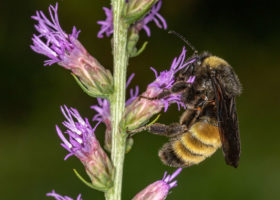
Meet Vermont’s Newest Endangered Species
The latest Vermont Endangered and Threatened species list celebrated the recovery of Bald Eagles and the Canada Black Snakeroot, while five new species and three critical habitats were added. Learn about the newest members of the list that will need our help for their recovery.
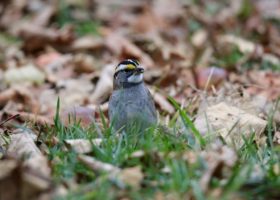
Leaf it Be — ditch the rake this fall to promote insect populations around your home
This autumn, consider opting for less intensive yard maintenance practices to foster more biodiversity in your yard this season and beyond. By planting native late-blooming plants, leaving leaves where they fall, and preserving standing rigid vegetation, you will be providing winter homes and food sources for invertebrates, birds, and other winter residents.
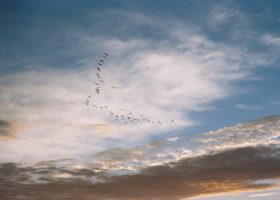
Field Guide to September 2021
September is a month of transition—birds, butterflies, dragonflies, and more are beginning their southward migration while some bees and other species are emerging for the first time all summer. To the curious eye this month offers a lot of excitement and the happenings featured in this field guide are just the tip of the iceberg!
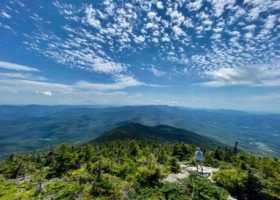
Field Guide to August 2021
The dog days of August are here. Insects are buzzing and summer’s bounty is plentiful. But migration is underway alerting us to the coming changes. Read all about them in this Field Guide to August.
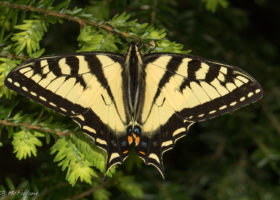
Field Guide to June 2021
Most of our avian migrants have returned, and the flush of spring ephemeral wildflowers is beginning to fade. However, new life abounds in June! Find out more in this month’s Field Guide.
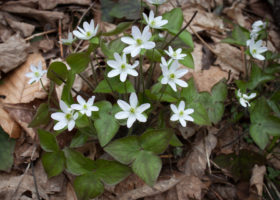
Field Guide to May 2021
Bees buzzing, birds migrating, lady beetles emerging from hibernation, and so much more! Celebrate the spectacle of spring phenology in this Field Guide to May.
